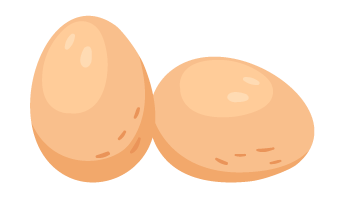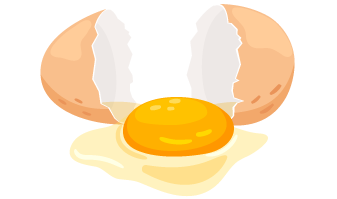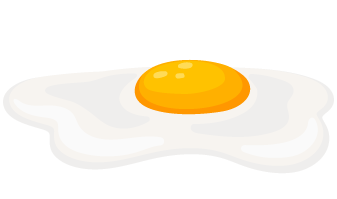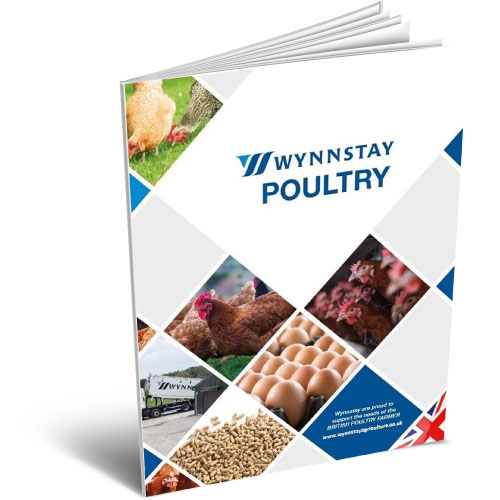How to improve chicken egg quality
- 30 May 2022
- 0 Comments

Did you know that approximately 2% of all eggs show some sort of defect, ranging from the barely noticeable to the very obvious.
Egg formation timeline
The yolk of the egg is created in the single functioning ovary, located on the left-hand side of the body. The ovary will normally contain many yolks at various stages of development, ready to advance through the egg creation process, which takes 25 hours.
- After 10 hours, the egg yolk is released into the infundibulum, this is where the egg will become fertilised if any sperm are present.
- After about 15 minutes, the yolk moves into the magnum, where water, minerals and the inner and outer shell membranes are added.
- After 3 hours, the egg continues into the isthmus where albumen is layered around the yolk to form the egg white.
- Then an hour later, it continues into the uterus or shell gland pouch. Here, water is added before a layer of calcium carbonate forms around the egg.
- Taking about 21 hours to form the hard shell. The final stage involves getting into a position to be laid.
Common egg problems to look out for


Egg Shell
Shape - Odd-shaped, flat-sided, calcium deposits, white bands or a thickened ridge around the egg.
Texture - Wrinkled and corrugated shells, softshells, shells with holes or completely shell-less.
Colour - Pigmentation changes, mottled and speckled eggs, blood on the shell.


Egg Yolk
Pale, mottled or discoloured yolks, multiple or missing yolks, rubbery, cheesy or pasty yolks, blood spots.


Egg White
Thin, watery albumen, changes to albumen colour, meat spots.
What are the causes of poor egg quality?
Many of these problems with egg quality are caused by stress and/or poor diet. Stress, for example, can cause a white banded or ridged egg, as well as changes in shape and colour and calcium deposits on the shell.
- Poor nutrition, particularly an excess of calcium, causes uneven calcium deposits on the shell as well as changes in shell pigmentation, such as speckling.
- A softshell or no shell can occur from a lack of calcium or other nutritional deficiencies, such as a lack of selenium, phosphorus, or vitamins E, B12, and D.
- Blood spots are hypothesised to be caused in part by low vitamin A and K levels in the hen's diet. Furthermore, dietary intake influences yolk colour.
- Age and body condition also play a part. Older hens are more likely to lay a wrinkled egg or pale eggs.
- Overweight chickens can sometimes produce eggs with blood on the shell due to excessive straining of blood vessels during laying.
The key to producing quality eggs is in offering quality feed and plentiful drinking water, this will have a positive effect on your laying hens. For specialist advice, speak to a member of the Wynnstay Poultry team.











